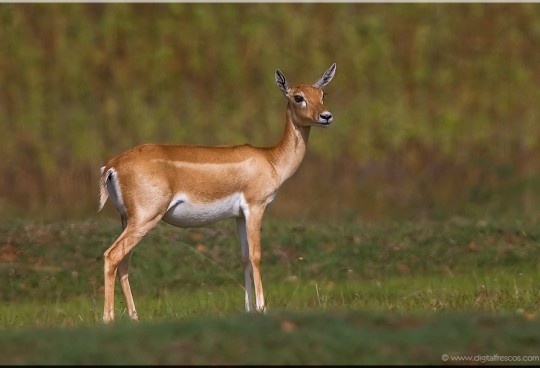A widespread resident of the Neotropics, the Green Kingfisher can be found from south Texas and southeastern Arizona in the United States south to northern Chile and Argentina. As the name suggests, these birds are predominantly green with white on the collar, throat, belly, undertail coverts and white spotting on the primaries and tail. Male Green Kingfishers have a bright rufous breast. The range of the Green Kingfisher overlaps with that of the similar Amazon Kingfisher (Chloroceryle amazona), but can be distinguished by its small size and distinct white spotting on the wings and tail. These birds are always found near water, where they prefer wooded streams and pools, rocky watercourses, flooded forest, coastal mangroves and rocky shorelines. Green Kingfishers search for prey from a waterside perch, looking for small fish, crustaceans, prawns and aquatic insects. When prey is found, Green Kingfishers dive steeply into the water to capture the prey and return back to the original perch to feed.
The green kingfisher (Chloroceryle americana) is a resident breeding bird which occurs from southern Texas in the United States south through Central and South America to central Argentina. This small kingfisher breeds by streams in forests or mangroves. The nest is in a horizontal tunnel which is dug by both sexes. It is up to a metre long made in a river bank. The female lays between three and six white eggs. The green kingfisher is 20 cm (7.9 in) long. The male weighs 29–40 g (1.0–1.4 oz) and the female 33–55 g (1.2–1.9 oz). It has the typical kingfisher shape, with a short tail and long bill. It is oily green above, with white markings on the wings and tail, and a white collar around the neck. Males have white underparts apart from a broad chestnut breast band and some green spotting on the flanks. Females have buff-white underparts with two green chest bands, the lower of which links to the green spotting along the sides of the belly. These birds often give a pebbly rattling call. It is classified as least concern by IUCN.
![]()






Sorry, the comment form is closed at this time.